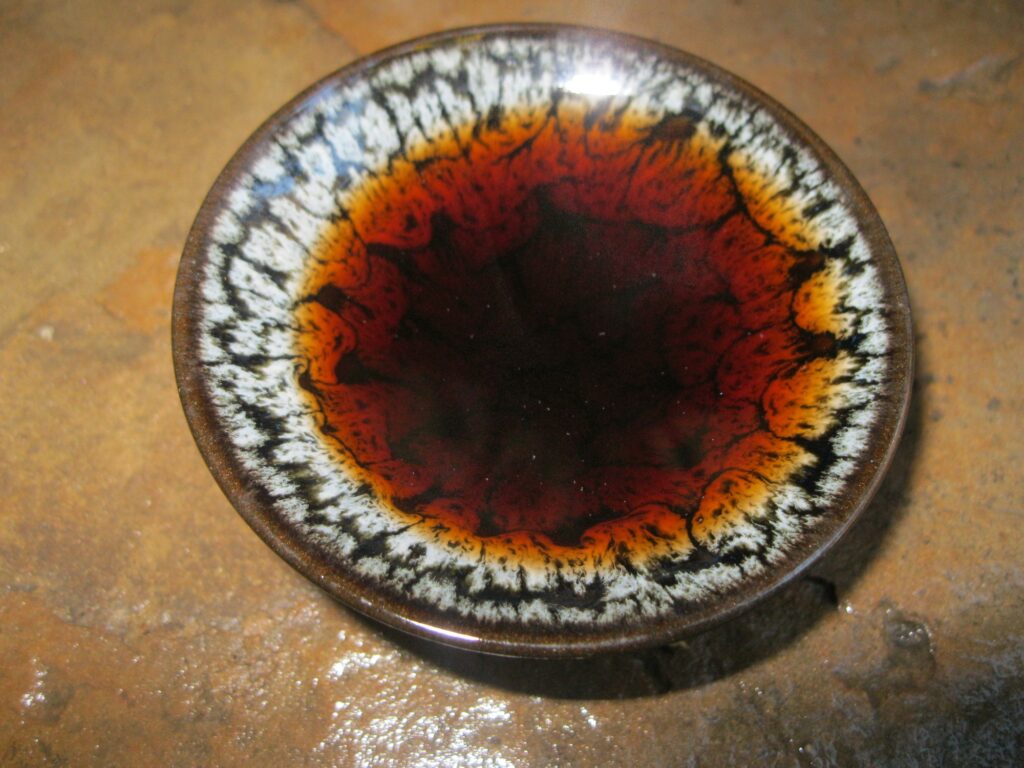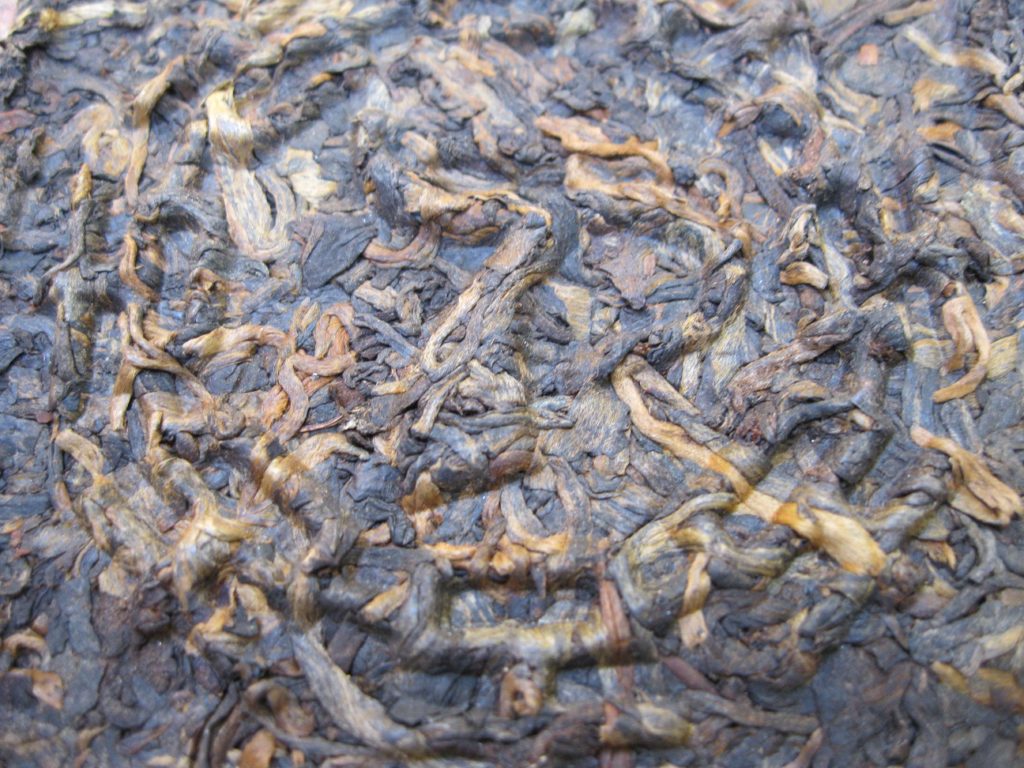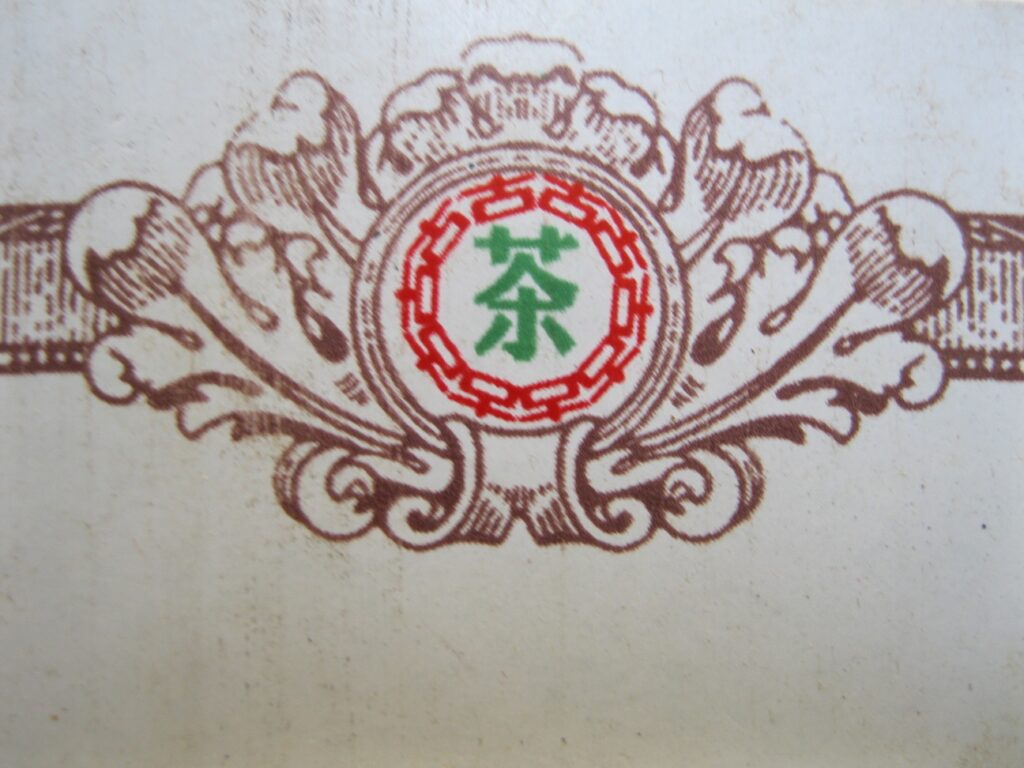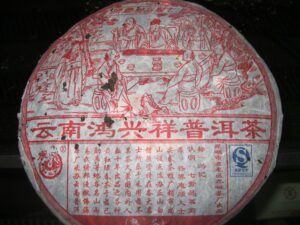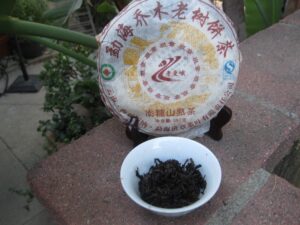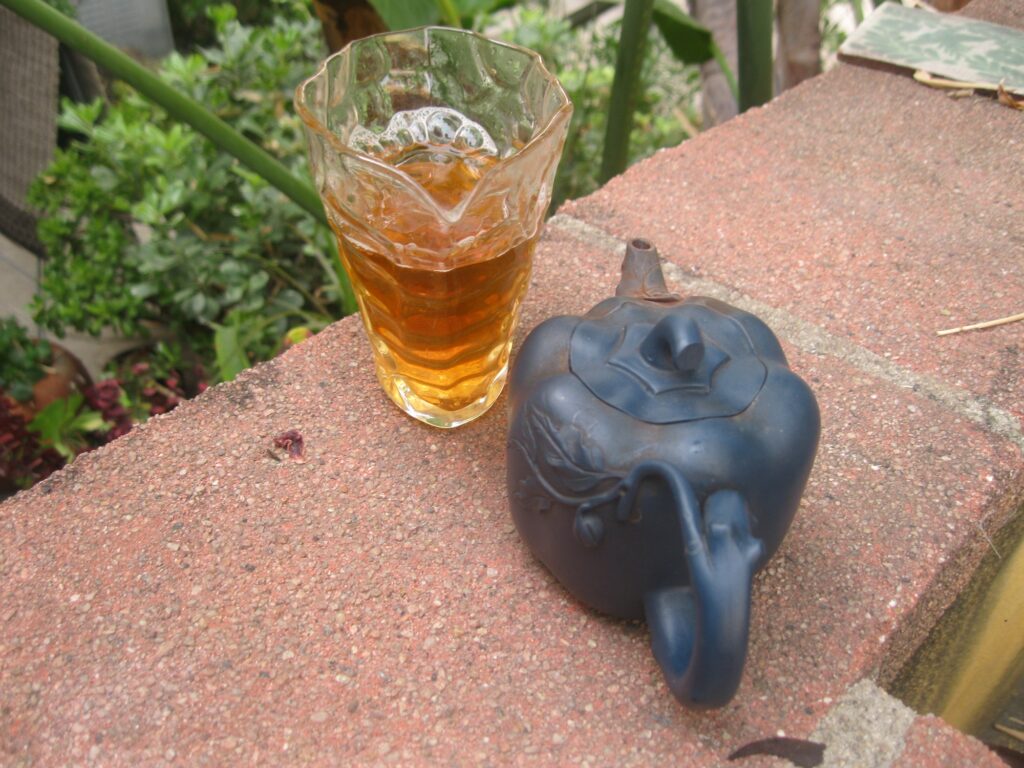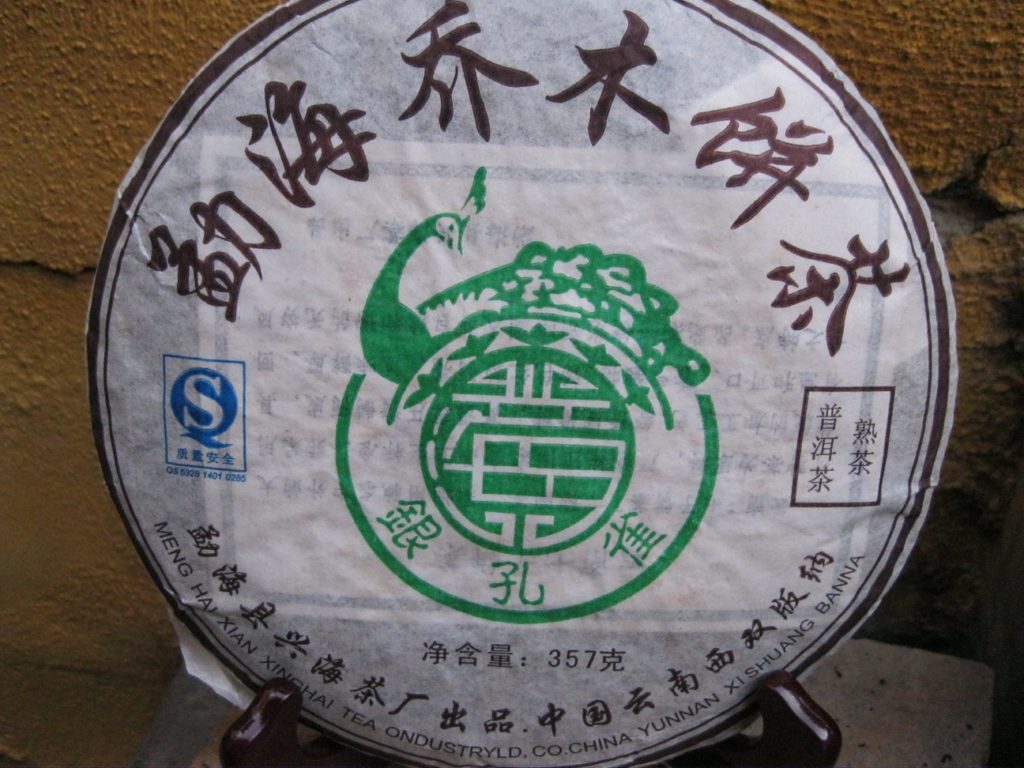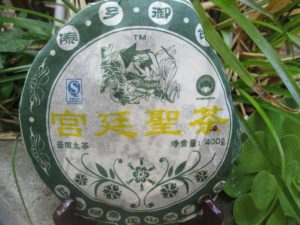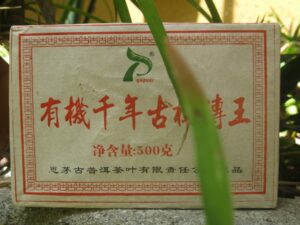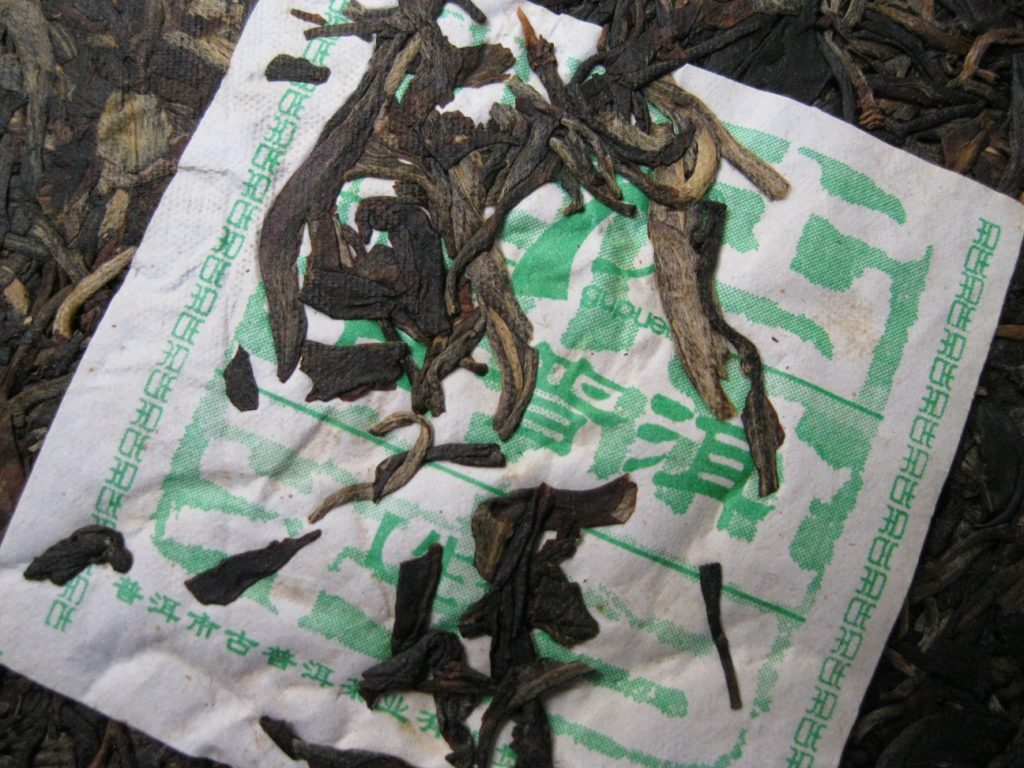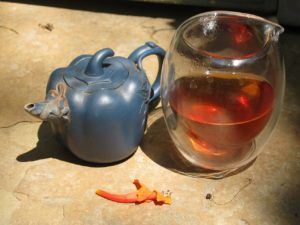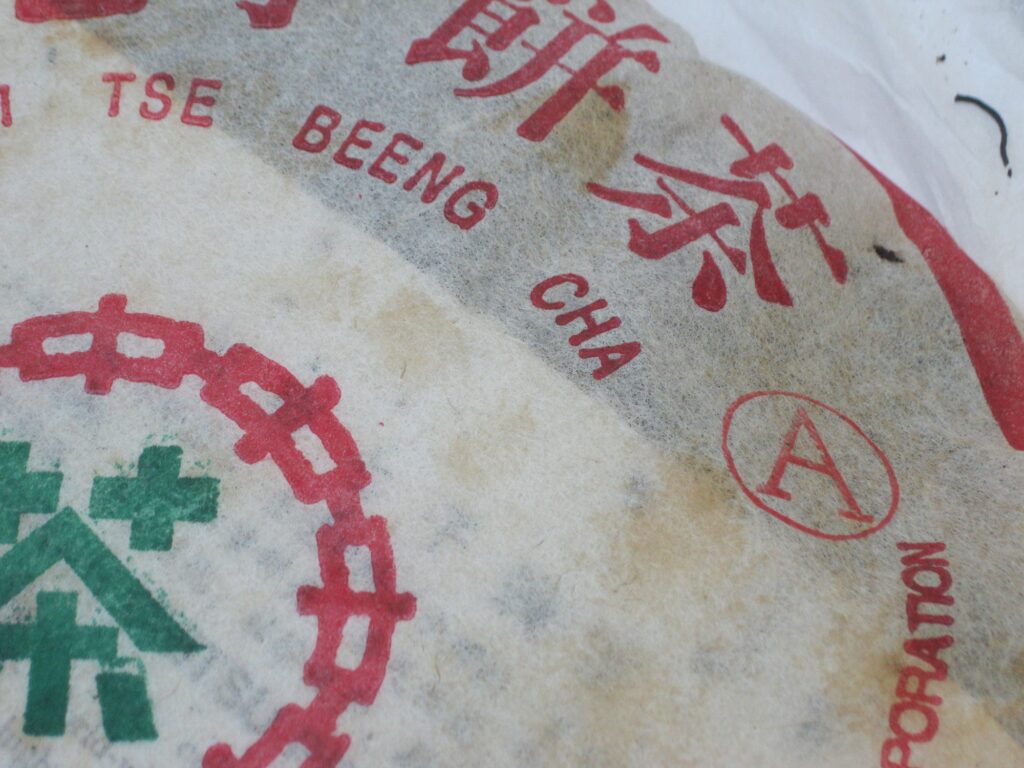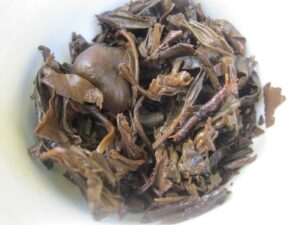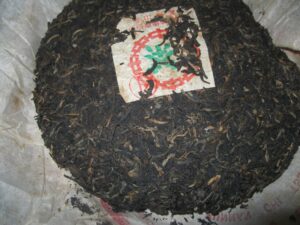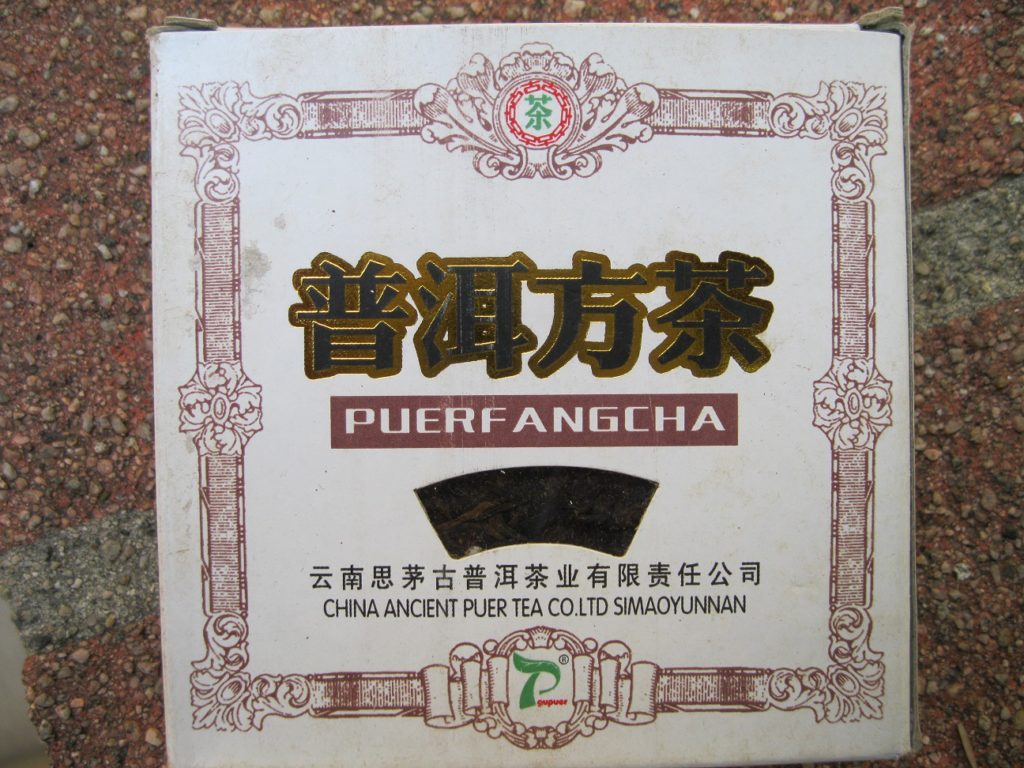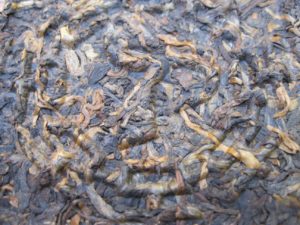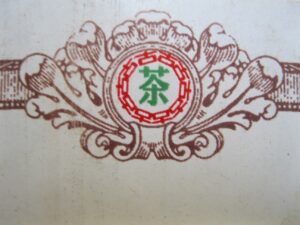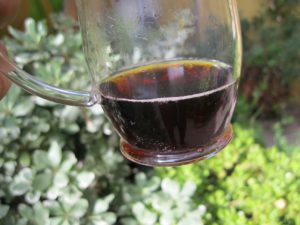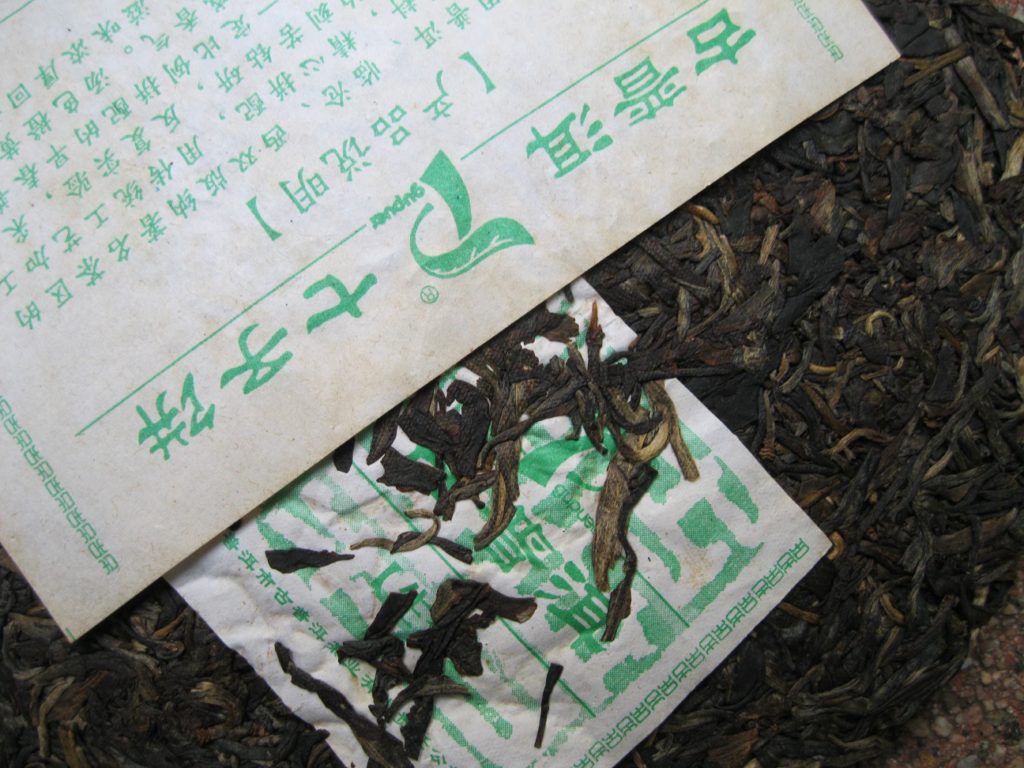Spring Ripe Puerh Taste Off III
Spring Ripe Puerh Taste Off III presents us with another four contenders chosen at random. Needless to say, all stables are bristling with excitement to see just how the judges with regard their students. Side-by-side battles provide the best contrast for assaying the performance of ripe puerh. It provides a context for not only determining whether a student is better but also precisely why. Of course, tastes vary but comparison provides deeper insight into the creator’s execution. Let’s proceed. . .
Ripe Puerh Taste Off Day III
- ’07 Boss Square, GPE (Wang Xia)
Resolute aroma in warmed dry pot, camphor, vanilla, sweet, spectacular clarity, present aftertaste. - ’06 Peacock Country, Liming
Sweetness, light bitter backend, light camphor more bold at cooler temp, wood, incense, slight sour, long aftertaste, red hots, blue cheese, light astringency. Gorgeous. - ’06 BZ Peacock King, LME
Aromatic in warmed dry pot, heavy essence, roast, camphor, drying, very strong qi, woody, oud. - ’10 Sweet Richness, Yangpinhao
Petrichor, coco, vanilla, minerals, rich aroma, very sweet initially, smooth reaching throat, fast-arriving qi insanely aggressive, baby powder, dash of sour huigan.
Ripe Puerh Taste Off Day III featured some very heavy hitters. The biggest surprise was definitely Liming’s Peacock Country, part of the Ripe Sampler Group 1. It was acquired from a Henan seller and has taken better than two years to round into form. There’s still some astringency deeper into the session suggesting about two more years of storage before becoming a high-ranking sumo. Having it side-by-side among some award-winning productions shed deeper insights into just how good it is.
Sweet Richness is also no slouch. Baby powder is a taste appearing at about 10 years in some higher quality ripes. It’s so chock full of “stuff” that its oils have bled through to the wrapper. Still, compared to its competitors, there’s an obvious immaturity. Given the qi it’s all ready paralysing drinkers with, it’s frightening to imagine the future. This brings us to the last two. . .
Both the Boss Square and the BZ Peacock King are excellent productions. Tasting samples for the day are placed on the table and revisited toward the end of the day. This ultimately tipped the scales in BZ Peacock King’s favour. Experimentation has revealed that many productions respond remarkably well to sitting out for a few days. During the current Taste Off, none of the ripes have sat out before the event, but a brewed cup sitting out over the course of the day may actually shed light into which productions would benefit most from sitting out. What was found in the cup of the BZPK corroborates findings from having it out for about three days.

